When central bankers go mad
What happens when monetary authorities go mad? The money they control loses value, and there is no way around it.

What happens when monetary authorities go mad? The money they control loses value. There is no way around this one. So much so, that even Alan Greenspan recognises the problem at least, in the rare moments when, as Tim Price puts it, he speaks like an "honest human being" rather than a "machine for uttering gibberish".
Back in 2005 when replying to a question on social security financing, he said it clearly. We can guarantee "cash benefits as far out and at whatever size you like, but we cannot guarantee their purchasing power". In other words, says Tim, "the central bank can always create money but there is no guarantee it will ever be worth anything".
Greenspan also famously noted in his pre-power days that in the absence of a gold standard something that stops money printing "there is no safe store of value," no way for the average person to protect their wealth from the insidious creep of inflation.
MoneyWeek
Subscribe to MoneyWeek today and get your first six magazine issues absolutely FREE

Sign up to Money Morning
Don't miss the latest investment and personal finances news, market analysis, plus money-saving tips with our free twice-daily newsletter
Don't miss the latest investment and personal finances news, market analysis, plus money-saving tips with our free twice-daily newsletter
And so it is all proving at the moment. The Fed is printing money with the result that that money is worth less and less. Those in any doubt as to the effect of quantitative easing (QE) more notes makes each note worth less need only look at the collapsing trade-weighted value of the dollar (now at its lowest since the early 1970s). It has fallen further over the last decade than all but a few complete basket case currencies (not that it is not a basket case itself).
Then look to the chart below courtesy of Sean Corrigan of Diapason. You don't need to understand what all the acronyms mean precisely. Basically there's what Sean calls 'QE0' all the bailout packages that came amid the 2008 banking crisis. Then there's QE1 the first batch of QE. Then QE2, the latest batch.
As you can see, the lines representing various asset classes have all gone up, the more QE the Fed has done. In fact,says Corrigan, the more lines you add to the chart, "the less deniable the causation becomes".
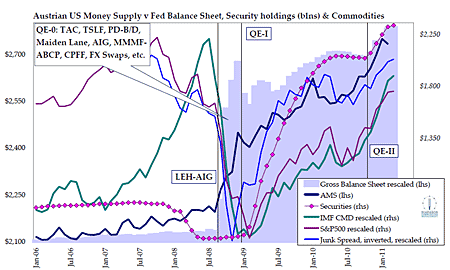
We are of course all gold bugs here so I won't bore you with more reasons to buy it right now. But those looking for further justification can amuse themselves with a new view out from Bullionvault.com that suggests that the current inflation adjusted fair value price for an ounce of gold is $3,800.
Get the latest financial news, insights and expert analysis from our award-winning MoneyWeek team, to help you understand what really matters when it comes to your finances.
Merryn Somerset Webb started her career in Tokyo at public broadcaster NHK before becoming a Japanese equity broker at what was then Warburgs. She went on to work at SBC and UBS without moving from her desk in Kamiyacho (it was the age of mergers).
After five years in Japan she returned to work in the UK at Paribas. This soon became BNP Paribas. Again, no desk move was required. On leaving the City, Merryn helped The Week magazine with its City pages before becoming the launch editor of MoneyWeek in 2000 and taking on columns first in the Sunday Times and then in 2009 in the Financial Times
Twenty years on, MoneyWeek is the best-selling financial magazine in the UK. Merryn was its Editor in Chief until 2022. She is now a senior columnist at Bloomberg and host of the Merryn Talks Money podcast - but still writes for Moneyweek monthly.
Merryn is also is a non executive director of two investment trusts – BlackRock Throgmorton, and the Murray Income Investment Trust.
-
 How gifting money this Christmas could lower your inheritance tax bill
How gifting money this Christmas could lower your inheritance tax billCash is an easy and quick present to give over Christmas – and it could protect some of your estate from the taxman down the line
-
 £100 contactless card limit to be lifted
£100 contactless card limit to be liftedConsumers will be able to set their own contactless limits from March 2026, under new rules from the Financial Conduct Authority
-
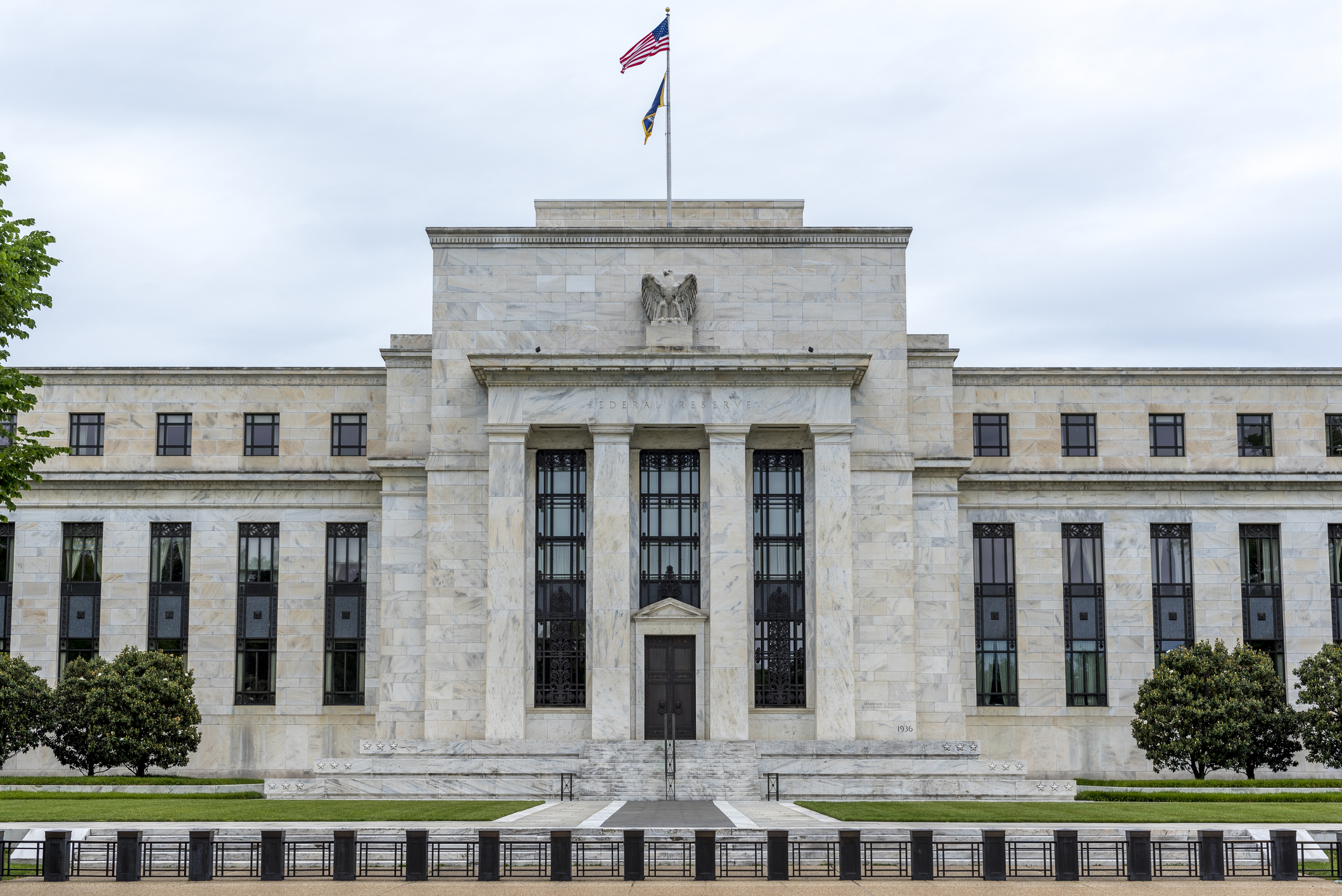 'Governments are launching an assault on the independence of central banks'
'Governments are launching an assault on the independence of central banks'Opinion Say goodbye to the era of central bank orthodoxy and hello to the new era of central bank dependency, says Jeremy McKeown
-
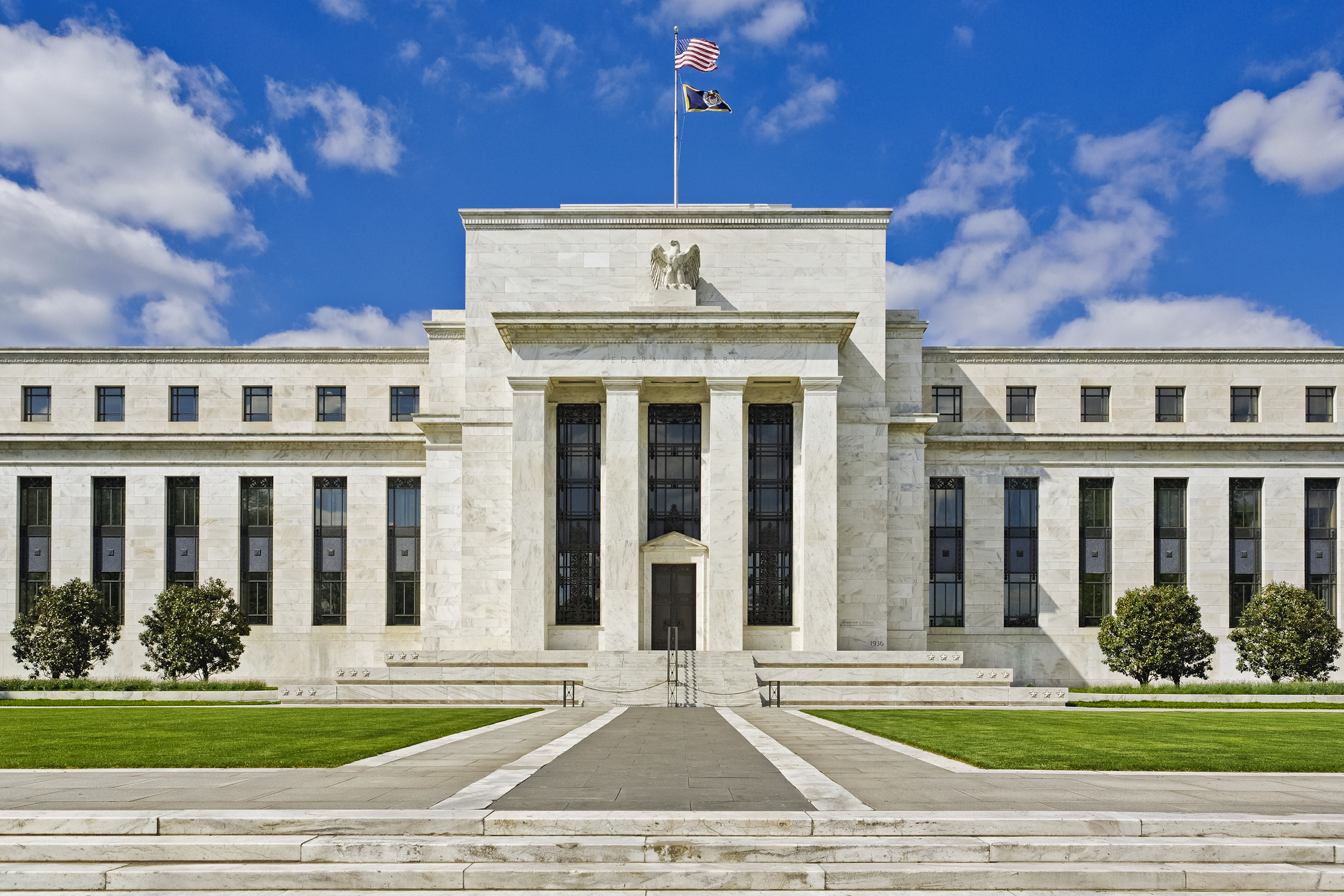 Do we need central banks, or is it time to privatise money?
Do we need central banks, or is it time to privatise money?Analysis Free banking is one alternative to central banks, but would switching to a radical new system be worth the risk?
-
 Will turmoil in the Middle East trigger inflation?
Will turmoil in the Middle East trigger inflation?The risk of an escalating Middle East crisis continues to rise. Markets appear to be dismissing the prospect. Here's how investors can protect themselves.
-
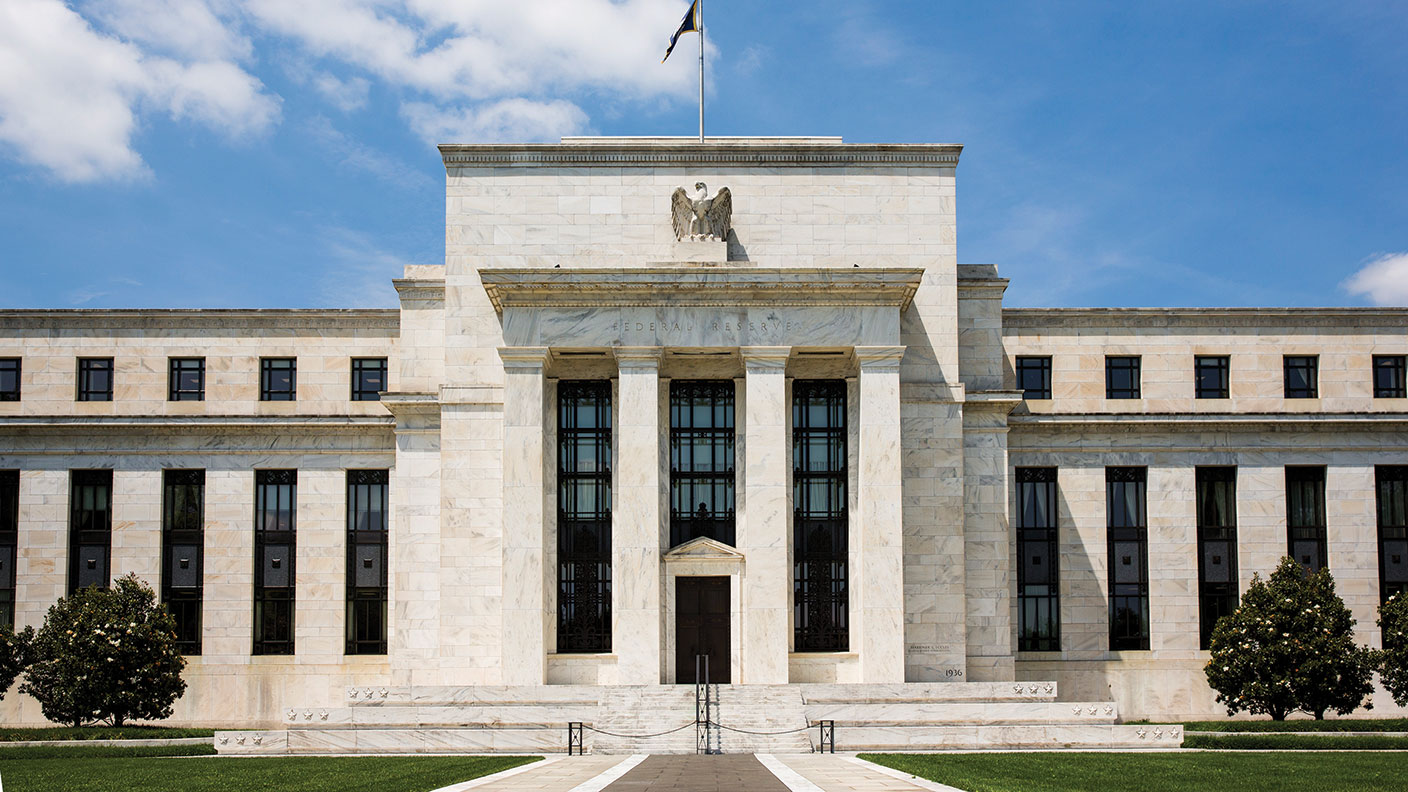 Federal Reserve cuts US interest rates for the first time in more than four years
Federal Reserve cuts US interest rates for the first time in more than four yearsPolicymakers at the US central bank also suggested rates would be cut further before the year is out
-
 The Bank of England can’t afford to hike interest rates again
The Bank of England can’t afford to hike interest rates againWith inflation falling, the cost of borrowing rising and the economy heading into an election year, the Bank of England can’t afford to increase interest rates again.
-
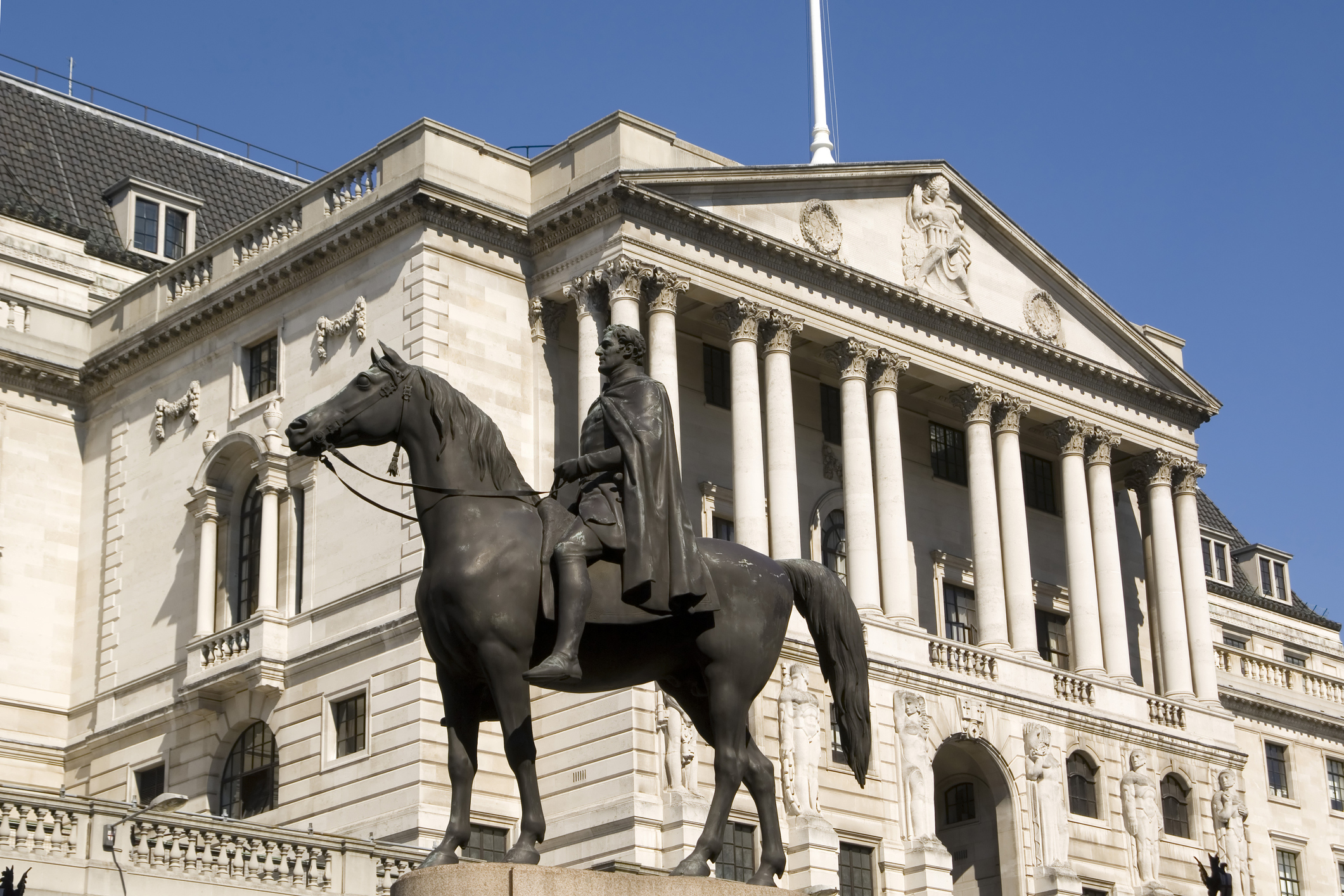 Interest rates held at 5.25% again
Interest rates held at 5.25% againThe Bank of England has kept rates at 5.25% again, in a widely anticipated move. We look at what it means for your money - and what the Bank’s next move could be
-
 US inflation rises to 3.7% as energy prices surge - will the Fed hike rates?
US inflation rises to 3.7% as energy prices surge - will the Fed hike rates?US consumer price index rose in August but markets do not expect a rate hike this month
-
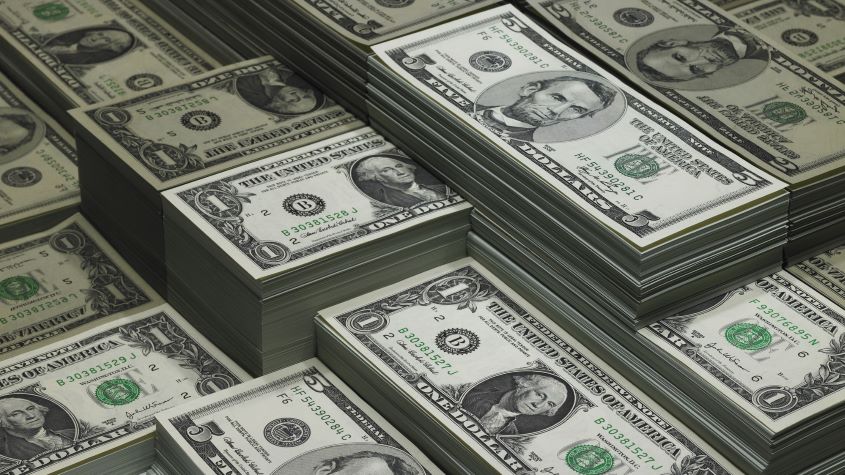 The debt ceiling illustrates America’s empire of debt
The debt ceiling illustrates America’s empire of debtOpinion The US has never quite got the hang of the conquering business as the debt ceiling debate shows.
